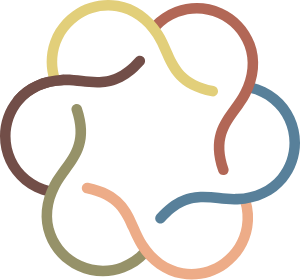And why it’s crucial to your creative career
Article Highlights
This is the first blog post of a three-part series on mentorship inspired by the Real Creative Leadership Creative Careers webinar event, with host Adam Morgan (CD at Adobe), and guests Xanthe Wells (ECD of Google), Sue Boivin (CD at Microsoft), and Chase Jarvis (founder of CreativeLive).
Because of the unpredictability of creative career paths, mentorship is even more important to creatives than it is to the rest of the professional world. Follow insights from our guest roster to consider the different manifestations of mentorship. We’ll cover these four ideas in this post:
- A mentor is a time saver.
- A mentor does not have to be a personal advisor.
- A mentor doesn’t have to be an actual person.
- A mentor can come from unlikely places.
Chase Jarvis is a widely recognized and world renowned creative. But his career path has been anything but conventional. He started out playing soccer. Then, he tried pursuing medical school, and when that didn’t work out, he decided to try a philosophy PhD, which he bailed on, too. When he inherited his grandfather’s cameras and started shooting action shots at the ski resort where he worked, he developed a passion and a commitment to the art. He is now one of the top commercial photographers in the world. He’s also well known as the founder and CEO of CreativeLive, a community of immersive learning.
And he has mentored millions of people.
How does someone whose time is in such high demand manage to mentor so many people? Chase encourages us to expand our definition of mentorship. For instance, he says, “I’ve put my heart and soul into my book Creative Calling, and I mentor through it.”
Mentorship isn’t strictly a formal relationship — it’s anytime someone offers you advice, especially what they’ve learned from both their successes and failures, to help you acquire career insights. But in order to make a mentor relationship work for you, it’s best to more fully understand the scope of mentorship first.
Real mentors are hard to find. How do I start?
“Mentorship is all about connecting with someone who’s already solved your same problems.” -Chase Jarvis, CEO of CreativeLive
Our modern film canon shows mentors in extreme situations. Yoda personally trains Luke Skywalker to be a galaxy-saving Jedi, Dumbledore invites Harry Potter to special one-on-ones for exclusive magic and history lessons. While it makes for a good hero’s journey archetype, the kind of mentor who gives this degree of expert attention isn’t available to most of us. Redefining our expectations for what a mentor should be will help us identify the people who hold the ability to move us forward. Here are four things a mentor is and isn’t.
- A mentor is a time saver. Mentorship is about accelerating your growth. If you can learn from someone else’s mistakes and triumphs, you can save years of time learning the same things for yourself. Without the groundwork for modern art that Cezanne laid, Picasso may have never had the context to introduce cubism to the world. “We underestimate the value of information from people who’ve forged this path before us,” said Chase. “The concept of mentorship doesn’t have to be so loaded and so heavy-weight that it stops you from action.”
- A mentor does not have to be a formal personal advisor. Chase Jarvis is asked to be a mentor dozens of times a week. He doesn’t have the bandwidth to add one mentee a week. Direct communication with a role model isn’t the only way to close the gap between where we are and where we would like to be. This is where communication with people who have done similar things to what you would like to do comes into play. If someone you admire offers you a 15 minute phone call or a lunch date, take it. That mentor may leave your life after your visit, but you can still apply what you learn from a short interaction.
- A mentor doesn’t have to be a person. Recently, Stoke partnered with TrendCandy to produce an exclusive report on trends in creative leadership. Of the hundreds of creative directors interviewed, 30% cited mentorship as an important factor in preparing them for their first creative leadership position. But 38% cited learning from books and courses and being self-taught as a primary contributor to their career success. “Reading a book is getting a mentor at scale,” said Adam Morgan.
“If you read a book written by an author, then what you’re getting is 20 something years of their arc from being a designer, to ACD, to CD, to ECD,” said Chase. And not only are you gaining insight into their wealth of knowledge, but ideally, you receive it without the glamour that usually obscures the source of success. “You get that entire arc and you start to realize, if you look under the covers of anyone’s story, you find out that it is rife with pitfalls,” said Chase. “It’s two steps forward, one step back. And to me, that’s learning.” - Mentors can come from unlikely places. When we think of mentorship, we typically think of up-down relationships. But wherever you can procure effective, time-saving advice, you can be mentored. People have the ability to mentor their superiors and their peers.
Learning from others who are learning along with you may actually be one of the most powerful and most overlooked formats of professional education. Join communities where people are on the same path you are on — no matter where they fall on that path — and contribute to those conversations. Ask questions and truly listen to other people’s stories.
When mentorship is defined as experiences and advice from people who have walked a path you’d like to walk, it becomes medium agnostic.
Learn as you go
Learning is a lot more than what you did to earn your degree. “When we talk about learning, we usually couch it in a classroom, with the teacher standing in front of a group of people. But that’s limiting,” said Chase. “So much in education is leaned back. And that is one of the reasons that mentorship is so valuable: you get to learn from someone who’s actually done the work, not from people who are great at pedagogy or standing in front of you and lecturing you about case studies. It’s healthy to have a broad definition of what it means to learn.”
And there’s no better way to learn than to do. Chase advocates for throwing yourself into creative challenges, whether that’s solving business problems, designing a user friendly app, or making your way up a literal mountain. Absorb all the learning you can from all the relevant sources you find, and then act on it. There is nothing that a mentor can teach you that can make up for a lack of action on your part.
“It’s healthy to have a broad definition of what it means to learn.”
Chase Jarvis
If you open your mind to the various definitions of mentoring, a mentor can be anything you need it to be. You’ll learn a lot from personalized attention from a professional you respect, but don’t pass up the opportunity to engage in meaningful communities, read books written by people you admire, and learn from anyone willing to give you valuable career advice. “I am the living, breathing example of the result of a nonlinear career path,” Chase said. “Find the resources you need, and then immerse yourself in the action. Fundamental to experience is doing.”
If you’d like access to the Real Creative Leadership webinar with the full interview, visit this page. The Stoke Group is a full-service digital marketing and creative agency headquartered in Silicon Slopes. Subscribe to our newsletter if you’d like to incorporate our insights into your mentorship experience, and reach out if you have an idea for a project you’d like to work on with us.
Be on the lookout for our next blog, which covers exactly what to do to find a mentor.



